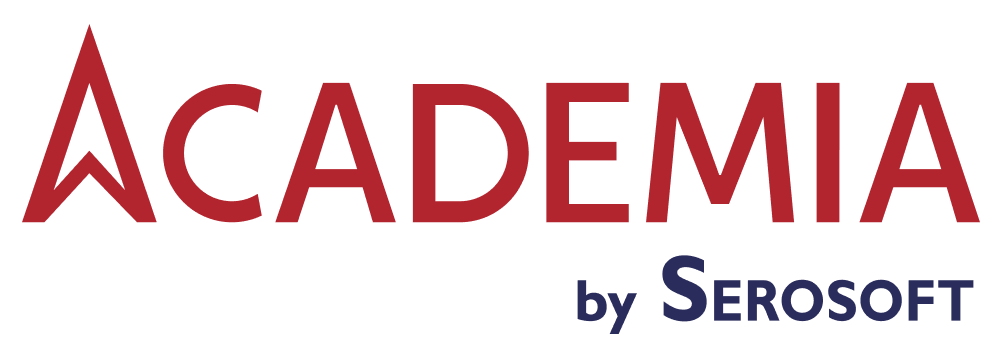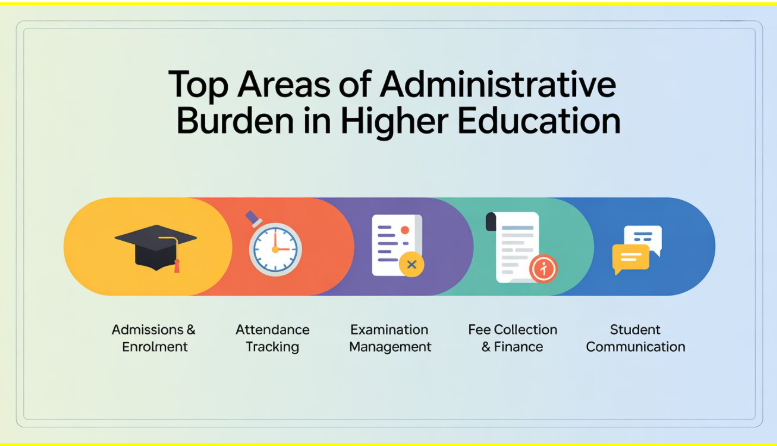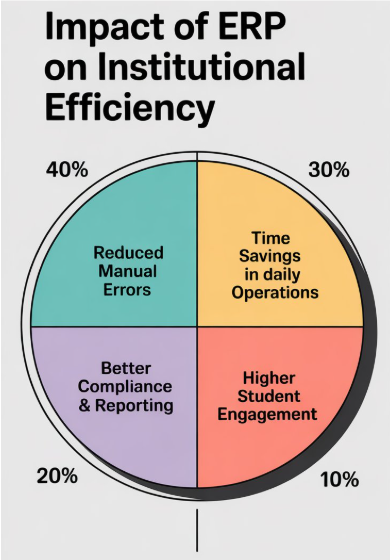Benefits, Stats, and How It Transforms Institutions
Imagine this: it’s Monday morning. A registrar in a mid-sized college is juggling enrollment papers, course schedules, fee payments, student queries, and faculty assignments—all on separate spreadsheets, emails, and perhaps even paper files. Sound familiar? That scattered chaos doesn’t just cause headaches; it carries real cost.
Enter the college management system (also called College ERP): a unified software platform designed to bring together all the moving parts of a college’s operations—from admissions, student records, scheduling, billing, to faculty management. It’s not just about replacing paper; it’s about transforming how things get done.
With higher education getting more complex (more students, more regulations, more data), manual processes simply don’t scale. A solid College ERP can cut processing times, reduce mistakes, improve transparency—and ultimately save money while improving outcomes.
In this blog, we’ll explore what a College ERP is, detailed benefits backed by recent statistics, key modules you will find in an effective system, real-world examples, challenges and best practices. By the end, you’ll understand why adopting a College ERP system isn’t just nice-to-have—it’s becoming essential for institutions aiming to stay competitive.
1. What Exactly Is a College Management System / ERP?
Definition and Basic Components
- A College ERP system is an integrated suite of applications to manage administrative, academic, and financial operations in higher education.
- Core modules typically include: Student Information System (SIS), Course Management, Faculty Management, Billing & Finance, Admissions & Enrollment, Reporting & Analytics.
How It Works in Day-to-Day Operations
- A central database that different departments access (no more siloed spreadsheets).
- Workflow automation: e.g., automated approvals for registration or fee payment reminders.
- Self-service portals for students for tasks like registrations, payments, and schedule viewing.
2. College ERP Market & Adoption: The Statistics
- The global College Management System market was valued at about USD $5.3 billion in 2023, and is projected to reach ~$10.1 billion by 2032, growing at a CAGR of ~7.6%. Dataintelo
- One report puts the 2024 market size around USD 3.2 billion, with forecasts to grow to $6.5 billion by 2033, at a CAGR around 8.7%. Verified Market Reports
- Demand is especially rising in the Asia-Pacific region (CAGR ~8.5%) due to expanding higher education systems and government investment in ed-tech. Dataintelo
These numbers underscore that colleges everywhere are seeing value in shifting from manual systems to unified management platforms.
3. Key Benefits of a College ERP System
Operational Efficiency & Cost Savings
- Less manual paperwork, fewer duplicated tasks, faster processes (such as enrollment, scheduling).
- Saving staff time and lowering administrative labor costs.
Improved Data Insights & Decision-Making
- Real-time dashboards and reports help leadership see trends (e.g., dropout risk, enrollment growth, finance metrics).
- Better financial forecasting and budget management.
Enhanced Student & Faculty Experience
- Self-service options reduce delays for students (e.g., checking schedules, paying fees).
- Faculty can manage courses, assessments, and performance more efficiently.
Compliance, Security, and Transparency
- Systems are often built to comply with regulations (data privacy, accreditation).
- Secure access control, audit trails help with accountability.
4. Challenges & Best Practices
Common Challenges
- Resistance to change among staff and faculty.
- Upfront costs of implementation and training.
- Data migration from legacy systems.
Best Practices for Successful Implementation
- Engage stakeholders early (faculty, administrators, students).
- Choose a scalable, cloud-based solution (less infrastructure burden).
- Prioritize modules based on the biggest pain points first.
- Provide training and change management support.
6. College ERP vs Manual / Legacy Systems: A Comparison Table

FAQ Section
Q1: What’s the cost to set up a College ERP?
It varies widely based on size, modules, cloud vs on-premises, etc. But when weighed against lost labor, errors, and inefficiencies, the ROI often becomes positive within 1-3 years.
Q2: Will an ERP system limit customization for my institution?
Modern ERPs are often modular and configurable. Though some trade-offs exist, good vendors let you tailor workflows, fields, reports to your institution’s needs.
Q3: How secure are these systems with sensitive student/faculty data?
Top ERP providers follow industry best practices for security and compliance (e.g. encryption, role-based access, audit logs). Carefully review vendor credentials and compliance (FERPA, GDPR, etc.).
Q4: What size of college benefits most from ERP systems?
Both small and large institutions benefit—but larger ones see bigger impact in efficiency gains simply because of scale. Smaller colleges should focus on solutions with lower overhead.
Final Thoughts-
Manual, fragmented ways of running college operations may have served in the past—but in today’s fast-paced, student-centric world, they limit your ability to excel. A College ERP system centralizes, simplifies, and modernizes: reducing errors, cutting costs, enhancing student and faculty satisfaction, and giving leadership actionable insights.
If your institution is ready to move forward, explore Academia SIS —a robust, customizable College ERP that enables you to unify operations, improve outcomes, and position yourself for growth. Don’t wait until inefficiency becomes your bottleneck—take that step today.













